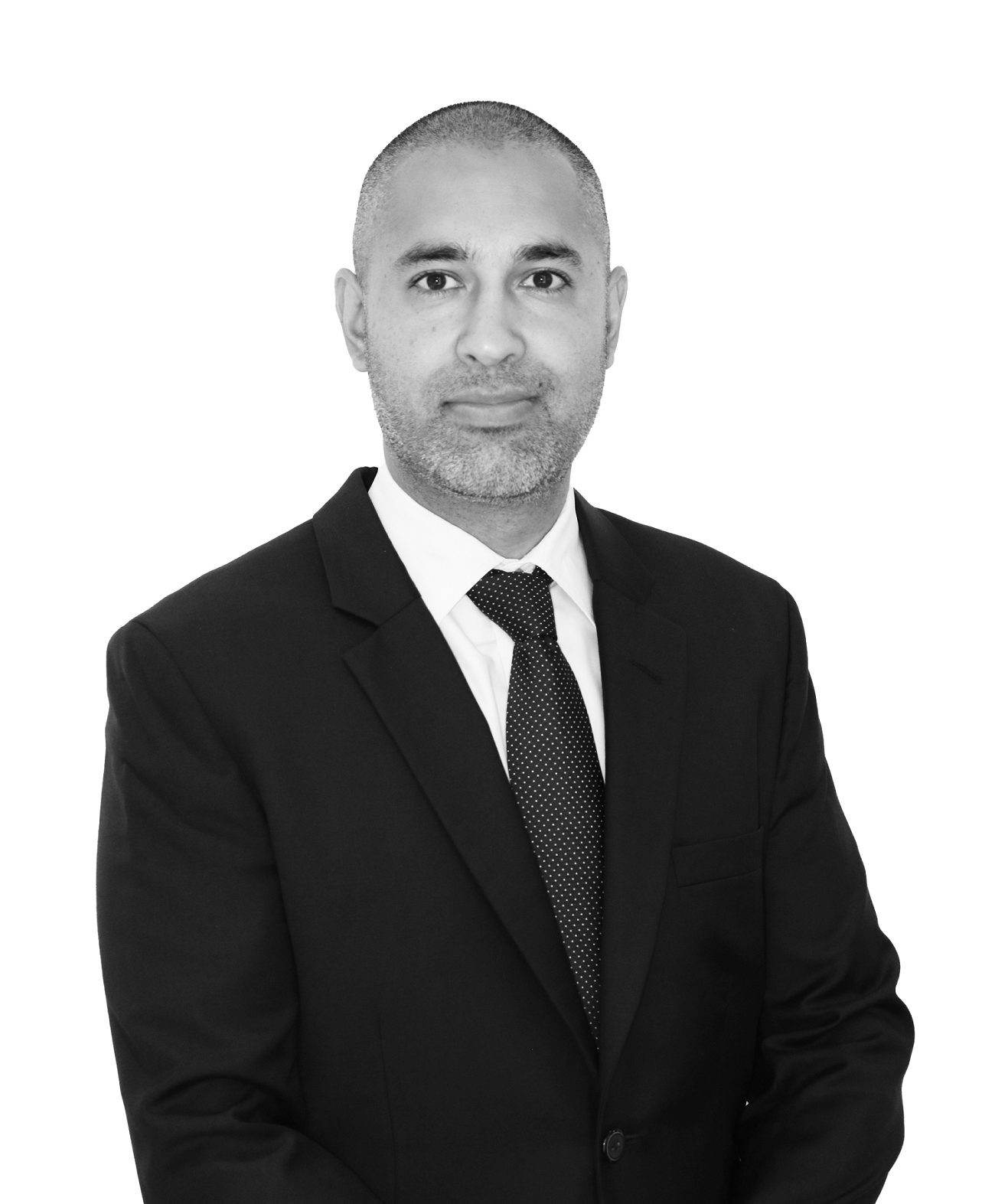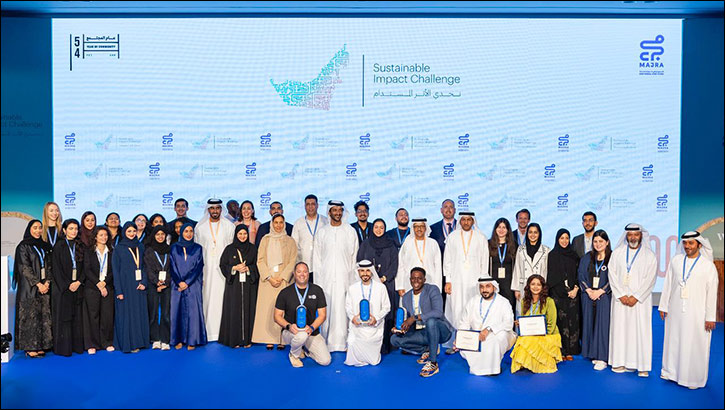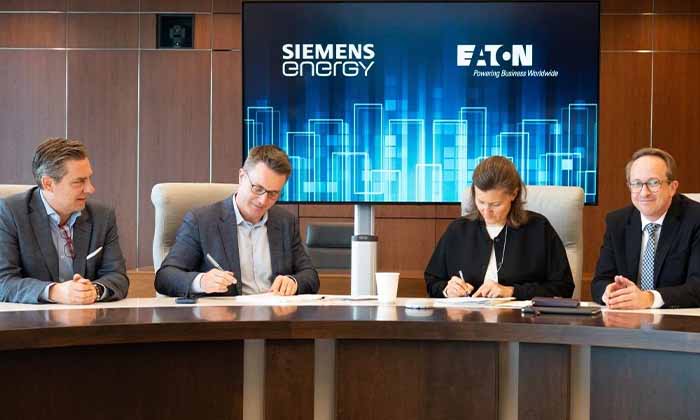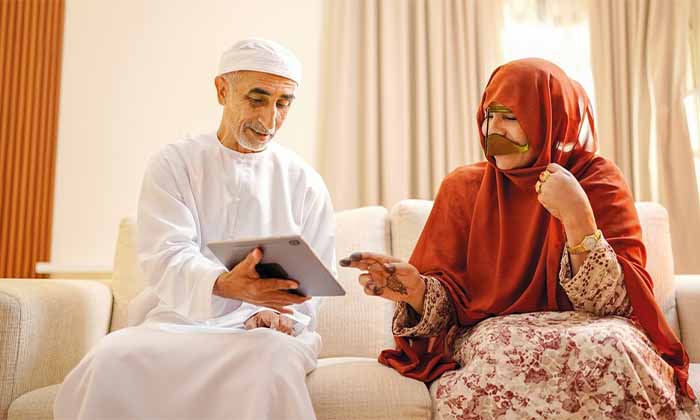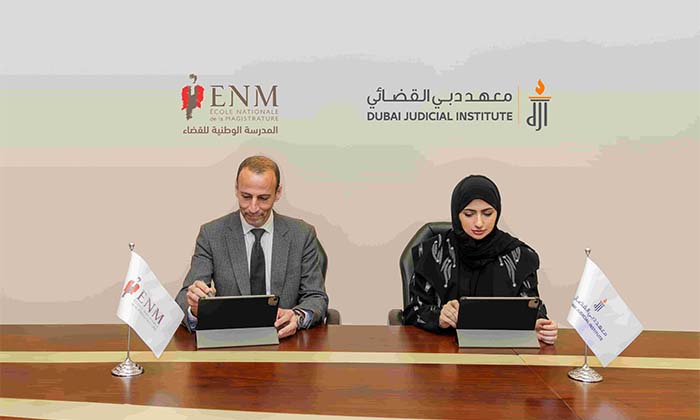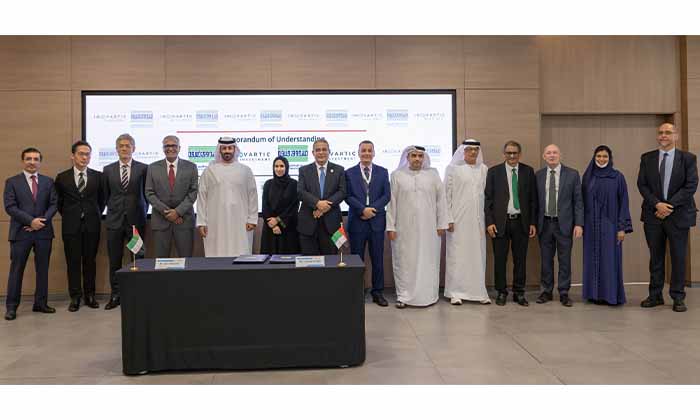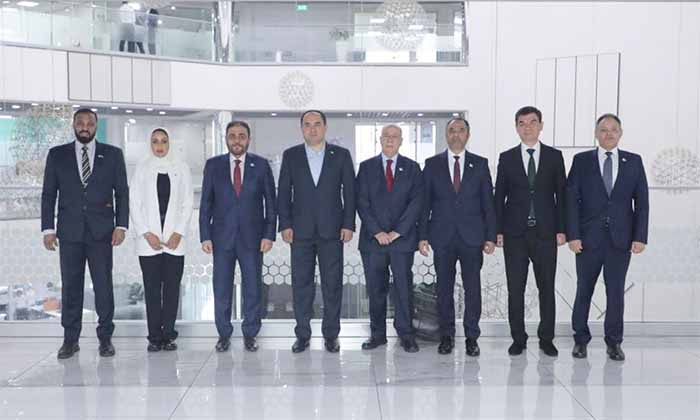Abu Dhabi sees delivery of additional 63,000 sq. m. of new office space in the third quarter
- Retail rents are steadily rebounding in annual terms with a 3% increase in Dubai and 5% growth in Abu Dhabi
- Dubai records 2.95 million overnight hotel visitors between June to August 2022 – more than double the 1.17m recorded in the same period in 2021
- Abu Dhabi witnessed a 24% increase in overnight visitors to 910,000 in Q3 2022
The UAE continued to witness a positive trajectory across the residential, office, retail and hospitality sectors in the third quarter of this year, JLL highlighted in its latest UAE Real Estate Market Report.
Overall, average residential prices in Q3 grew by 9% year-on-year in Dubai, while average rental rates saw a 25% year-on-year increase, with both sales and rentals being bolstered by stronger demand and increased buyer activity. Meanwhile, sale prices in the capital grew by 4% year-on-year, while average rents rose by 2% year-on-year. Abu Dhabi is seeing increased demand for new developments located within investment zones – especially for townhouses and villas.
Across the UAE, price growth is being fueled by investor and end-user demand. Off-plan sales are high, while secondary market sales are also improving, in light of increasing yields. The quarterly report suggests around 6,600 residential units were handed over in Dubai in Q3, raising total stock to 672,000 units, while an additional 20,000 units are scheduled for completion by year end. In Abu Dhabi, approximately 1,900 units were delivered in Q3, bringing the Emirate’s total dwellings to roughly 278,000 units. The research suggests the capital plans another 2,000 units – mostly within master-planned communities – to be completed by year end.
“End-users using mortgage finance to purchase properties have been rushing to lock-in fixed rates in an environment where both interest rates and rents are rising quickly. Indeed, REIDIN’s citywide residential rent index showed annual growth of 25% in August,” said Khawar Khan, Head of Research, Middle East, Africa and Turkey at JLL. “Price growth is also being fueled by investor demand. This category has been returning to the off-plan market in force, while sales in the secondary market have also picked up in view of the upward trajectory of yields.”
Office Space
Dubai’s Central Business District (CBD) office rents saw a 24% year-on-year increase in Q3, caused by continued scarcity of good quality stock and no new office completions across the city. The emirate anticipates the addition of approximately 53,000 square meters of office space ready for handover by year end. The city’s most central office space is currently close to capacity, with office vacancy rates standing at just 13%, approximately 8%-points lower than a year ago.
This quarter saw Dubai’s Grade A CBD rents reach an average of AED 2,084 per sq. m. per annum, while Abu Dhabi saw a 9% year-on-year rise to AED 1,750 per sq. m. per annum. While Abu Dhabi added 63,000 sq. m. of new office space to its stock since Q2, the bulk of enquiries in Q3 were regarding co-working and serviced offices, underlining that new post-pandemic hybrid working models are here to stay. There is no new office stock planned for Abu Dhabi’s Q4 pipeline. The vacancy rate for Grade A and B office space in the capital fell by 3% over the last quarter.
Retail
While the third quarter saw no new retail projects completed in either Dubai or Abu Dhabi, the sector’s Q4 activity looks set to welcome around 154,000 sq. m. of new retail space in Dubai and 197,000 sq. m. in the capital. With ample supply available for retailers to choose from, potential tenants are being more strategic in selecting their locations for new outlets.
A moderate increase in retail rents (3% in Dubai and 5% in Abu Dhabi) reflects a sector benefitting from improving levels of consumer confidence.
While the easing in restrictions is helping footfall to recover, mall owners are recognizing the importance of differentiating their offerings in a landscape where there is ample supply. In view of greater competition, malls are introducing more experiential retail concepts and are seeking to have a greater variety of outlets for visitors to their properties.
JLL anticipates more developers and landlords looking to bring in homegrown concepts – particularly in the F&B segment – as they have the appeal of offering experiences tailored to local needs, while also being relatively adaptable.
Hospitality
Hotels are likely to continue to perform well in the coming months, benefitting from upcoming events such as Formula 1, NBA Games and UFC 280 – as well as the FIFA World Cup in Qatar, which is anticipated to have spillover effects for this market.
Dubai gained 1,000 keys in Q3, pushing up the city’s total hotel stock to 146,000 rooms. It is anticipated that the last quarter of the year will see the addition of 6,000 keys. No new hotel room stock was added in the third quarter in Abu Dhabi, but an additional 600 keys are expected to come on stream in the capital by year end.
Although summer is the low season for tourism in the UAE, the latest figures, nevertheless, demonstrate the sector’s rapid recovery following the COVID-19 pandemic. Dubai’s Department of Economy and Tourism suggests the Emirate received around 2.95 million overnight visitors between June and August 2022 – a significant jump compared to the 1.17 million recorded for the same period last year. Abu Dhabi witnessed a 24% increase in overnight visitors to 910,000, according to DCT Abu Dhabi.
While luxury and beachfront properties have been performing well, the pick-up in tourism is now also benefitting the mid- to low- segments by capturing demand from source markets that have traditionally supported these categories of hotels.
Dubai’s occupancy levels reached 70% between January and August 2022, a notable jump compared to the same period in 2021 (58%). Average daily rate (ADR) reached US$181 and revenue per available room (RevPAR) surged to US$ 127. In Abu Dhabi, occupancy levels reached 68%, compared to 63% last year, while ADR and RevPAR rose to US$105 and US$71, respectively.
-Ends-
